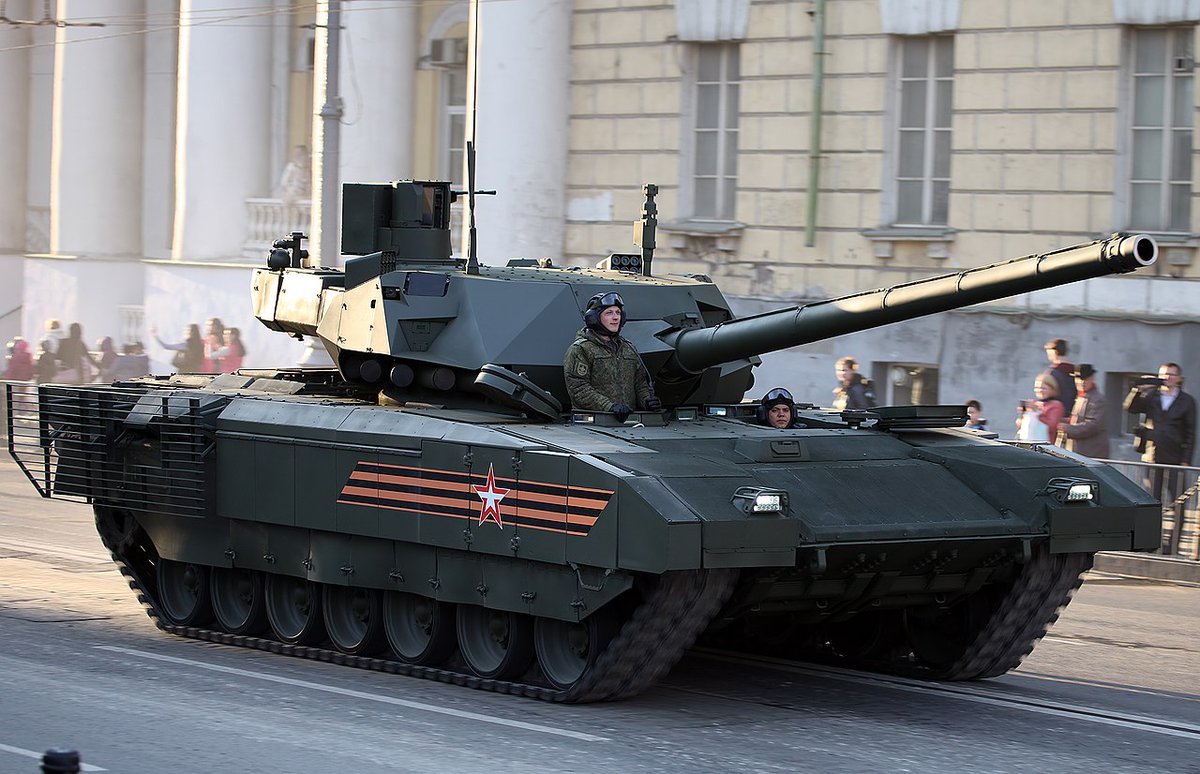In 1987, the CIA partnered with the legendary 160th Special Operations Aviation Group, or "Night Stalkers", to steal a Soviet Mi-25 Hind-D helicopter to determine whether a direct counter or competitor needed to be developed. It was dubbed "Operation Mount Hope III".
1/🧵
1/🧵

An opportunity presented itself during the Chadian-Libyan war, when it was discovered that a Mi-25 with Libyan markings had been left behind on Chad's territory, stranded in Ouadi Doum alongside a "trove" of artillery, vehicles, and weapons.
2/
2/

With the support of France, which was backing the Chadian government at the time, the US hatched a plan - they would steal the Mi-25 in the middle of the night, using CH-47 Chinook helicopters. Libyan forces were still active in the area, necessitating secrecy of the op.
3/
3/

On June 11th 1987, the day after their helicopters were unloaded from the C-5 Galaxy that had transported them, Night Stalker pilots flew 500 miles to their target through the night - while being escorted by French Mirage F.1 fighter jets & supported with a C-130 for fueling.
4/
4/

The 160th arrived on site, and Chalk 1 (one of the two Chinooks) secured the site & their prize Hind for extraction, while Chalk 2 hovered above to maintain awareness & await the sling-load to complete.
5/


5/


En route back to base with Hind in tow, the pilots encountered a vicious sandstorm and flew through near-zero visibility. They reportedly flew at speeds less than 50 MPH and within visual sight of each other, all while managing their sling-loaded prize.
6/
6/

Regardless of the conditions, they arrived safely at their destination. After a 20 minute pause for the weather to pass, they began loading everything into 2 waiting C-5 aircraft. Both C-5's were back in the United States within 36 hours.
7/
7/

In total, the American force spent less than 70 hours in Chad before returning to the United States. Mount Hope III was one of the first (if not THE first) major operations for the 160th using Chinooks, which proves it's worth to this day.
8/
8/

I suspect many are aware of this story, but it's still a fascinating one! I tried to condense this complicated operation into a few tweets, so please feel free to add in any other details you find interesting or I missed.
https://t.co/AHIhmESHOF
End 🧵thedrive.com/the-war-zone/2…
tacairnet.com/2015/05/12/hin…
https://t.co/AHIhmESHOF
End 🧵thedrive.com/the-war-zone/2…
tacairnet.com/2015/05/12/hin…
@ruedigerbruss @Pin__Terest Better quality
• • •
Missing some Tweet in this thread? You can try to
force a refresh























